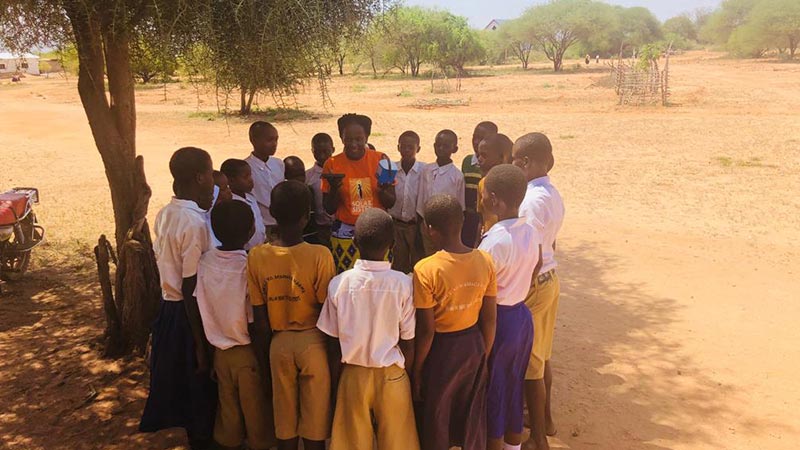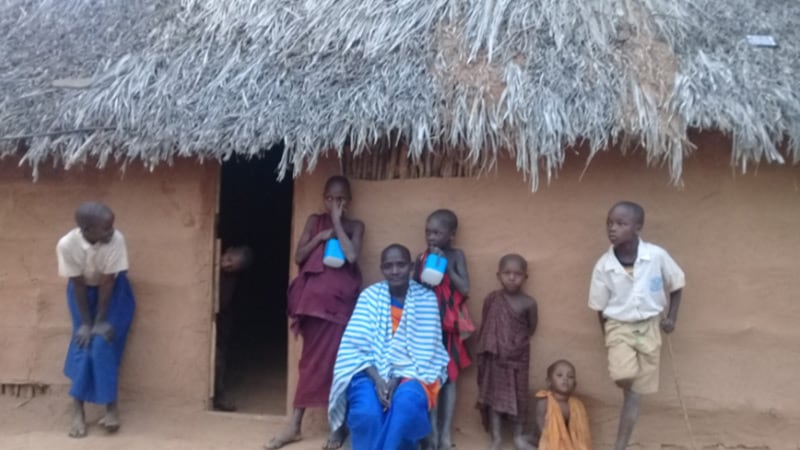From increasing study hours to allowing families to enjoy dinner together after the sun sets, the Lanterns for Learning stories suggest that solar lights are much more than just a light.
“We couldn’t read at night,” says Saumu Ismaili, from Marwa, a rural Tanzanian village. “Using a single kerosene lamp, we cooked, went to bed, and walked around our neighborhood in darkness. We couldn’t even make our bed at night because the room was always too dark.”
After the death of their father in 2006, Saumu and her younger brother Luseriani, have been raised by their mother Teresia. From building them a home by hand to farming cattle, Teresia is the backbone of her family.
When the Lanterns for learning initiative was launched, it was Teresia who got the family involved. The initial 12-month pilot program distributed nearly 500 solar lights to students and families, including the Ismailis.


Increased education is isn’t the only expected outcome of the Lanterns for Learning pilot. Through the distribution of the lights, the program aims to increase community awareness about the benefits of solar lighting and the work of Solar Sister Entrepreneurs.
Raising awareness of the dangers of kerosene and the benefits of using solar, helps Solar Sister to build the market for solar in surrounding communities. The testimonials from those who received the lights are especially powerful.
While the impacts of the program won’t fully come to fruition until next year, many families, like the Ismailis, now have access to reliable lighting and energy. Teresia notes that she no longer has to walk to shops to charge her cell phone because she can do it right from home for free.
Mama Namayani, another woman who’s participating in the Lanterns for Learning Project, agrees: “The solar lights have not only liberated our children to study at night, but also light our homes while cooking, making beds, and birthing. We also have light while taking care of sick children at night and while walking to the shop when it’s dark.”
Signify (Euronext: LIGHT) is the world leader in lighting for professionals, consumers and the Internet of Things. Our Philips products, Interact systems and data-enabled services, deliver business value and transform life in homes, buildings and public spaces. In 2023, we had sales of EUR 6.7 billion, approximately 32,000 employees and a presence in over 70 countries. We unlock the extraordinary potential of light for brighter lives and a better world. We have been in the Dow Jones Sustainability World Index since our IPO for seven consecutive years and have achieved the EcoVadis Platinum rating for four consecutive years, placing Signify in the top one percent of companies assessed. News from Signify can be found in the Newsroom, on X, LinkedIn and Instagram. Information for investors is located on the Investor Relations page.
